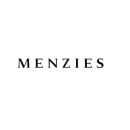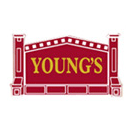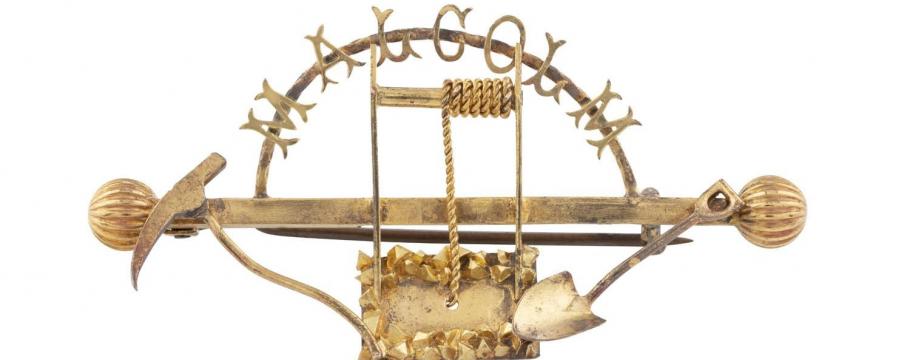
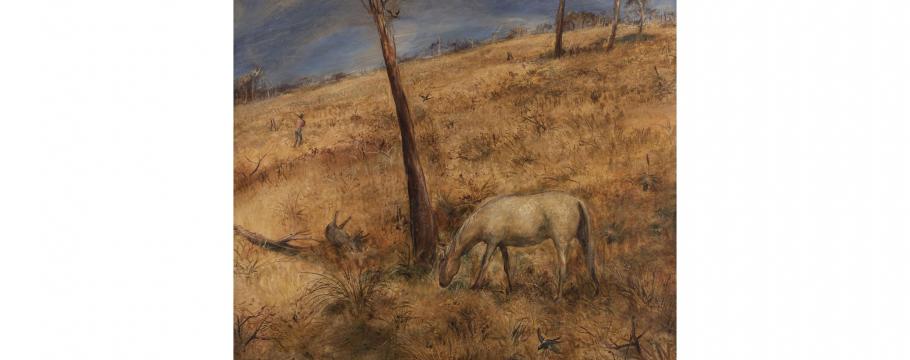
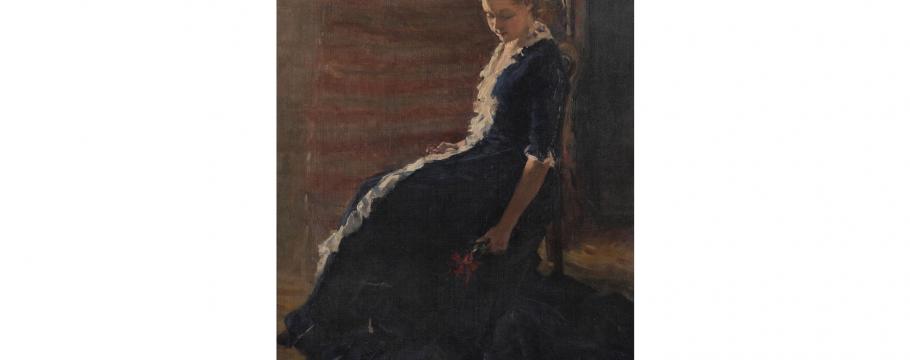
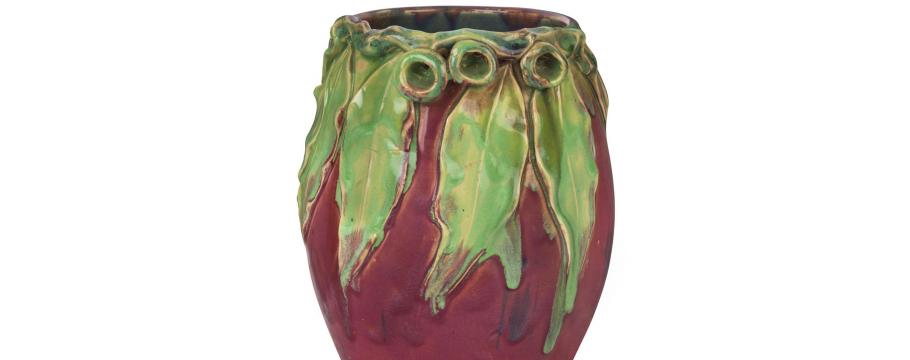
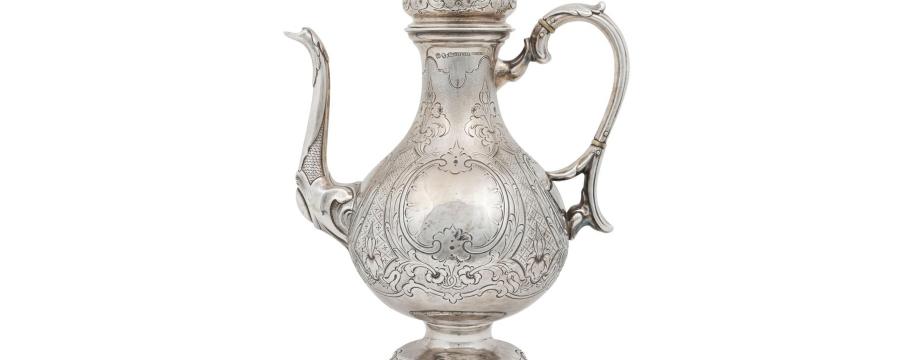

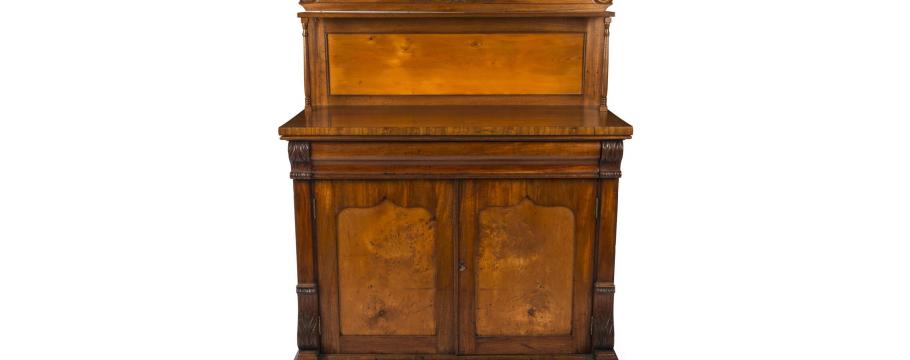
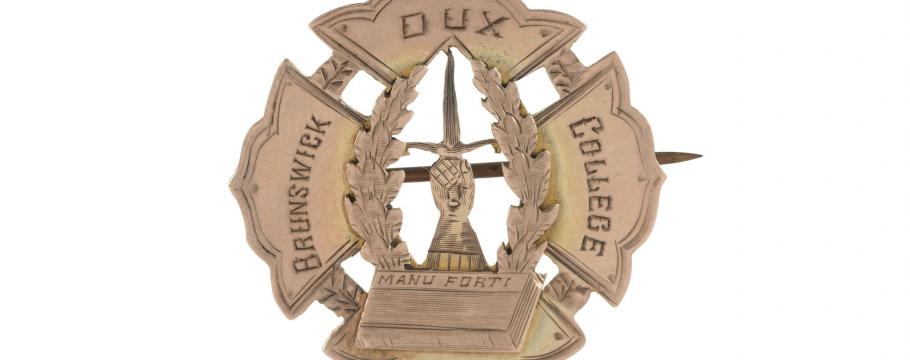

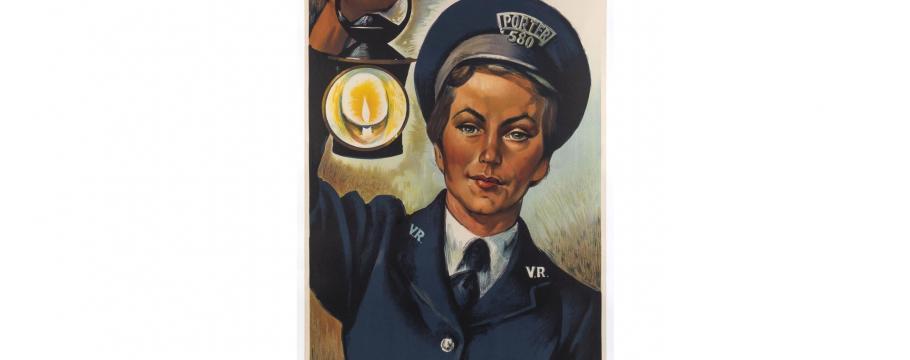
Ghosts of Australian auctions past
Author: Richard Brewster | Posted: 18th November, 2021
An abandoned Western Australian goldfields town called Malcolm has become the focus of Melbourne-based Leski Auctions two-day Australian& Historical sale because of a rare 19th century brooch that came from the town and is now up for auction.
The auction, from 11am Saturday November 27 and continuing from the same time the following day at 727-729 High Street Armadale, features an eclectic range of historical items from maritime and convict memorabilia to jewellery, silver, pottery, glass, furniture, military history, books, historical documents, posters, fine and rare wine and paintings.
A ghost town 852 kilometres northeast of Perth, Malcolm is named after the nearby mountain, honouring Malcolm Hamersley, a settler with surveyor John Forrest’s 1869 expedition searching for the remains of the lost explorer Dr Ludwig Leichardt and his party.
Gold was discovered in the area around 1895 and the following year the settlement declared a townsite after the North Star Gold Mine swung into operation.
At its height, the town contained 450 people but, when the mine closed in 1916, it quickly folded.
The rare brooch (lot 77) with a catalogue estimate of $10,000-$15,000 is an important reminder of that period of Western Australian history.
The auction’s art section, numbering almost 400 lots (from 937-1332) is probably the largest Leski Auctions has ever offered.
Its highlight is lot 1076 Landscape with Poddy, 1948 by Arthur Boyd (1920-1999), that relates directly to the Wimmera landscape Leski Auctions sold recently as part of the Dendron House single owner sale.
The auction painting, catalogued at a $140,000-$180,000 estimate and as such is the highest priced item in the sale, has been exhibited on several occasions in Arthur Boyd retrospectives in every Australian State gallery as well as the Australian National Gallery in Canberra.
Another painting worth inspecting is lot 1011 The Velvet Dress, circa 1905 by Nora Gurdon (1881-1974) – exhibited in “A Century of Australian Women Artists 1840-1940” published in 1993 by Deutscher Fine Art and purchased by the current vendor’s grandmother.
Pieces by Australian potter Margaret Kerr rarely come up at auction but lot 244A is an impressive vase with applied gumnuts and leaves and Leski Auctions anticipates it could sell well above its $4000-$6000 estimate.
Another is an equally stunning 20th century vase from Remued Studio (lot 245) and demonstrates the quality and diversity of Australian pottery.
Silver creations, particularly by a handful of talented European migrants to the Australian colonies, are another drawcard with an impressive coffee pot by Harry Steiner (lot 178) and a silver- mounted claret jug by William Edwards (lot 180) of particular note.
Furniture has a few drawcards including a Tasmanian Huon pine chest of seven drawers (lot 535), a Huon pine two-door chiffonier (lot 537), and a colonial library bookcase (lot 550).
Unusual is an education award in the form a nine-carat gold badge (lot 167) engraved with the words “Brunswick College Dux 1922” and on the back “Violet I.H Kent”. History does not record what happened to Violet.
Among the general lots (347-507) are a workbox by Richard Dowling (lot 343), an 1866-67 Melbourne Exhibition plaque presented to Melbourne Lord Mayor J.T. Smith (lot 351), an important Hobart Town plate (lot 355), a rare kookaburra statue by carver Rudolph Prenzel (lot 386) and an arts and crafts grandfather clock (lot 394).
Military memorabilia includes a campaign trunk used by General Birdwood during World War I (lot 690) and an important commemorative dinner menu signed by 19 World War I Victorian Cross winners at a Australia Hotel, Sydney Armistice Day 1919 celebration (lot 701).
Posters include two (lots 755 and 756) from the Victorian Railways “Men of Service” series designed in the late 1940s by Harold Freeman.
